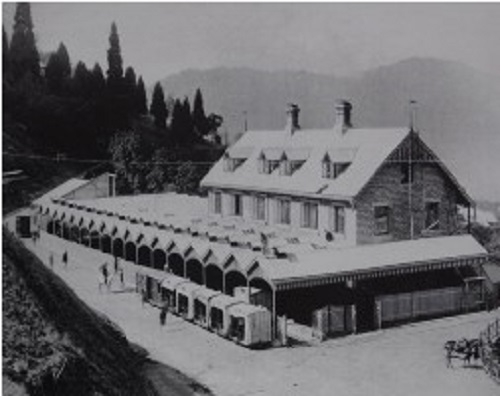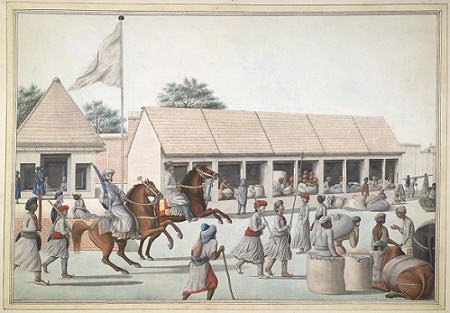By Somali K Chakrabarti
"Mere Sapno Ki Rani kab aayegi tu...."
This romantic Hindi song from the movie Aradhana, had enchanted hundreds of thousands of people from all over India in the 70s. Sitting atop an open jeep, Rajesh Khanna, crooned the lively song to woo Sharmila Tagore, who sat reading a book in the Toy Train, as the miniature steam engine chugged uphill in the scenic settings of Darjeeling.
The "Toy Train" on the Darjeeling Himalayan Railway (DHR) line has been a unique feature of Darjeeling since the 19th century. Ferrying between Darjeeling and Ghoom (India's highest railway station), the Toy Train moves through the hilly terrain absorbing the magnificent beauty of Darjeeling hills.
Inscribed as a World Heritage Site by UNESCO in 1999, DHR became the first Hill Railway in India, and the second in the world to be accorded this status.
Here are some vintage pictures of the Darjeeling Himalayan Railway from the 19th century.
Darjeeling Station, ca 1891
Darjeeling was the chief summer resort for the British government in Bengal.





